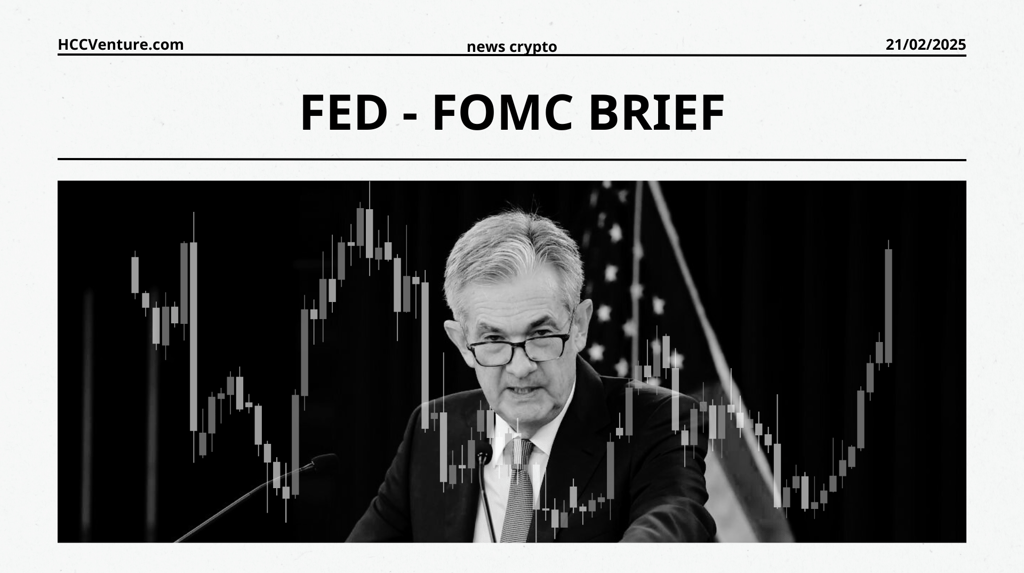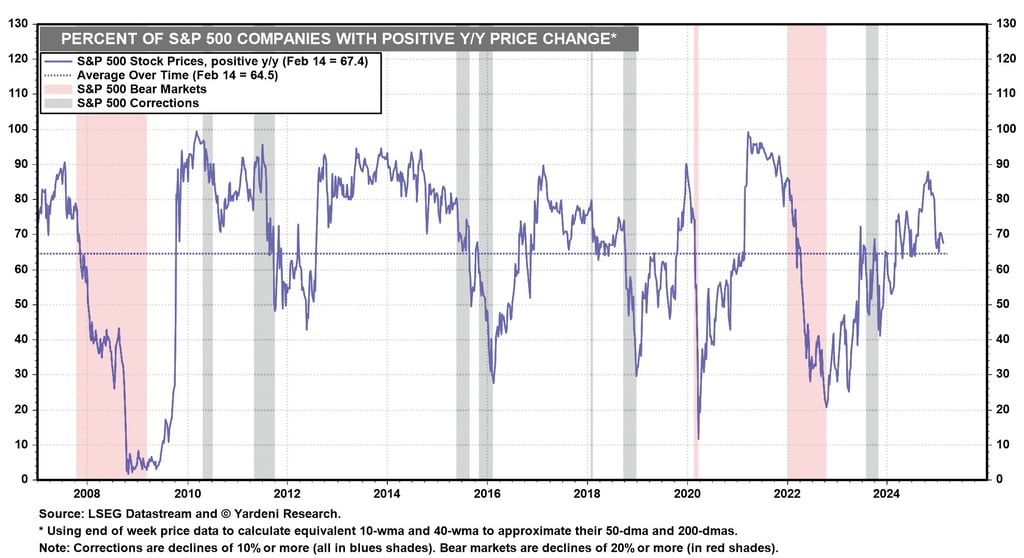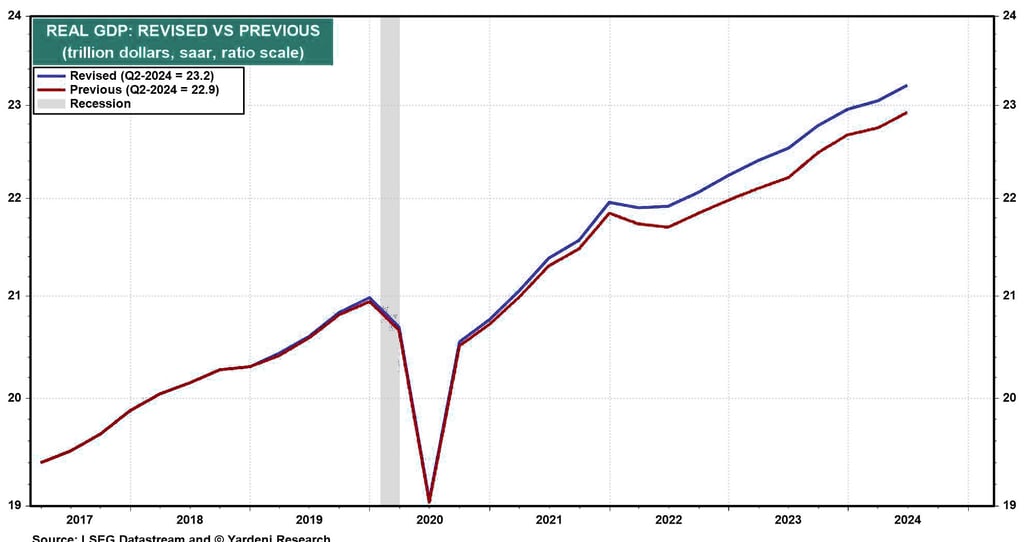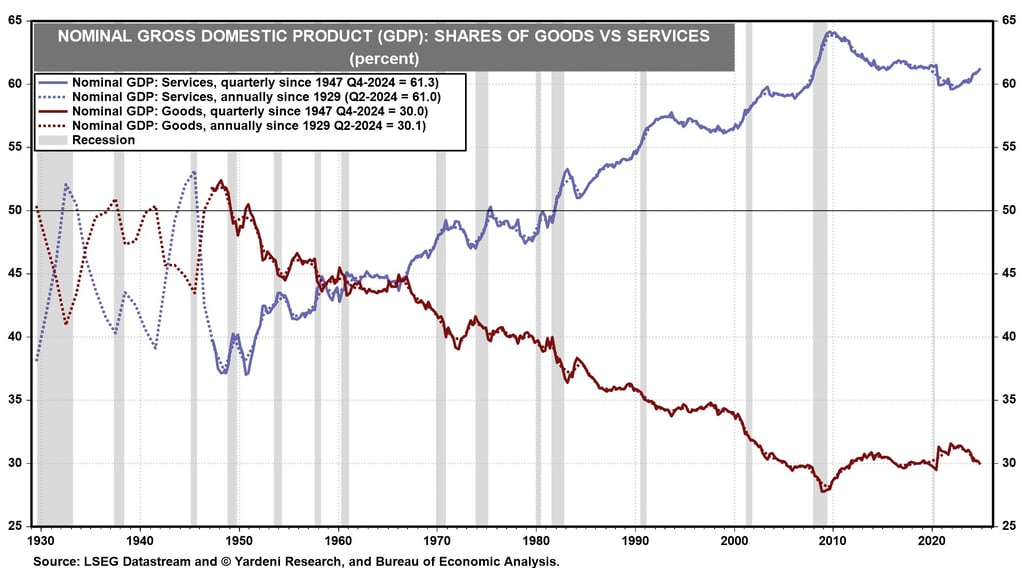Fed Signals End of Quantitative Tightening (QT) Policy?
The US Federal Reserve (Fed) has just released the Minutes of the January FOMC meeting, providing important signals on quantitative tightening (QT) policy.
2/21/20253 min read


Decoding the "Fed Minutes"
The Fed often “signals” before making major policy changes. The FOMC minutes are not just a summary of the meeting but also a market-directing tool, with every word approved by all members.
This time, the Fed mentioned the possibility of "pausing or slowing" QT due to the impact of "debt ceiling moves". This is not an official statement about ending QT, but if the Fed pauses, the possibility of restarting is very low.
Highlights from the FOMC Minutes
“Some members noted that it may be appropriate to consider pausing or slowing the balance sheet reduction process until the debt ceiling issue is resolved,” the minutes said.
Wall Street traders had previously predicted that QT would end around Q2 or Q3 2025. With this new signal, that prediction looks increasingly accurate.


Impact on asset markets
Stopping QT does not directly inject liquidity into the market, but it does help prevent the pressure from the Fed and the banking system to reduce liquidity. QT is currently draining about $55 billion per month. If QT is stopped, this pressure will disappear, increasing the impact of other liquidity channels such as Reverse Repo and the Treasury General Account (TGA) .
Don't expect "strong QE" right away
Some people mistakenly believe that the end of QE means the Fed will quickly return to aggressive quantitative easing (QE). However, large QE events typically only occur in the wake of a serious financial crisis, market crash, or black swan event .
The Fed's long-term plan is to keep its balance sheet growing slowly, in line with GDP, to keep the reserve-to-GDP ratio stable.


Public debt and the Fed's liquidity policy
The massive amount of global debt that needs to be refinanced constantly requires the Fed to maintain other liquidity mechanisms before it can return to aggressive QE. One such tool is the Supplemental Leverage Ratio (SLR) , which means moving more government bonds onto the balance sheets of commercial banks.
Impact of the "debt ceiling move"
The Fed mentioned the "debt ceiling move" because it is a major factor affecting bank reserve levels.
Bank reserves, measured as the reserve-to-GDP ratio or the reserve-to-total bank assets ratio, both fell to multi-year lows in late December 2024, putting pressure on financial markets, including SOFR rates .
The Fed does not want a repeat of the 2019 Repo Crisis , when reserves became too low, causing a global liquidity panic and forcing the Fed to abruptly end QT.


Fed Chairman Powell said reserves remain "ample," but many experts disagree. The Fed wants to maintain "adequate" levels and avoid a "shortage."
The impact of debt ceiling on bank reserves
The withdrawals from the TGA began last week, which could boost bank reserves until the debt ceiling is met.
Once a debt ceiling deal is reached (expected in mid-2025), the Treasury will need to quickly re-establish the TGA, causing a sharp drawdown in reserves.
If QT continues during this time, it will "mask" the true impact of the debt ceiling on bank reserves.
When the TGA is replenished, bank reserves risk falling further than their end-December 2024 levels.
Conclude
The January FOMC minutes sent a clear signal of a possible pause or slowdown in QE due to debt ceiling pressures. While this does not mean immediate aggressive QE, it does help ease liquidity pressures on markets. The Fed will be closely monitoring bank reserves to avoid a repeat of the 2019 Repo crisis. Investors should pay attention to developments on the debt ceiling and further Fed moves in the coming months.
Explore HCCVenture group
HCCVenture © 2023. All rights reserved.


Connect with us
Popular content
Contact to us
E-mail : holdcoincventure_contact@hccventure.com
Register : https://linktr.ee/holdcoincventure
Disclaimer: The information on this website is for informational purposes only and should not be considered investment advice. We are not responsible for any risks or losses arising from investment decisions based on the content here.


TERMS AND CONDITIONS • CUSTOMER PROTECTION POLICY
ANALYTICAL AND NEWS CONTENT IS COMPILED AND PROVIDED BY EXPERTS IN THE FIELD OF DIGITAL FINANCE AND BLOCKCHAIN BELONGING TO HCCVENTURE ORGANIZATION, INCLUDING OWNERSHIP OF THE CONTENT.
RESPONSIBLE FOR MANAGING ALL CONTENT AND ANALYSIS: HCCVENTURE FOUNDER - TRUONG MINH HUY
Read warnings about scams and phishing emails — REPORT A PROBLEM WITH OUR SITE.
